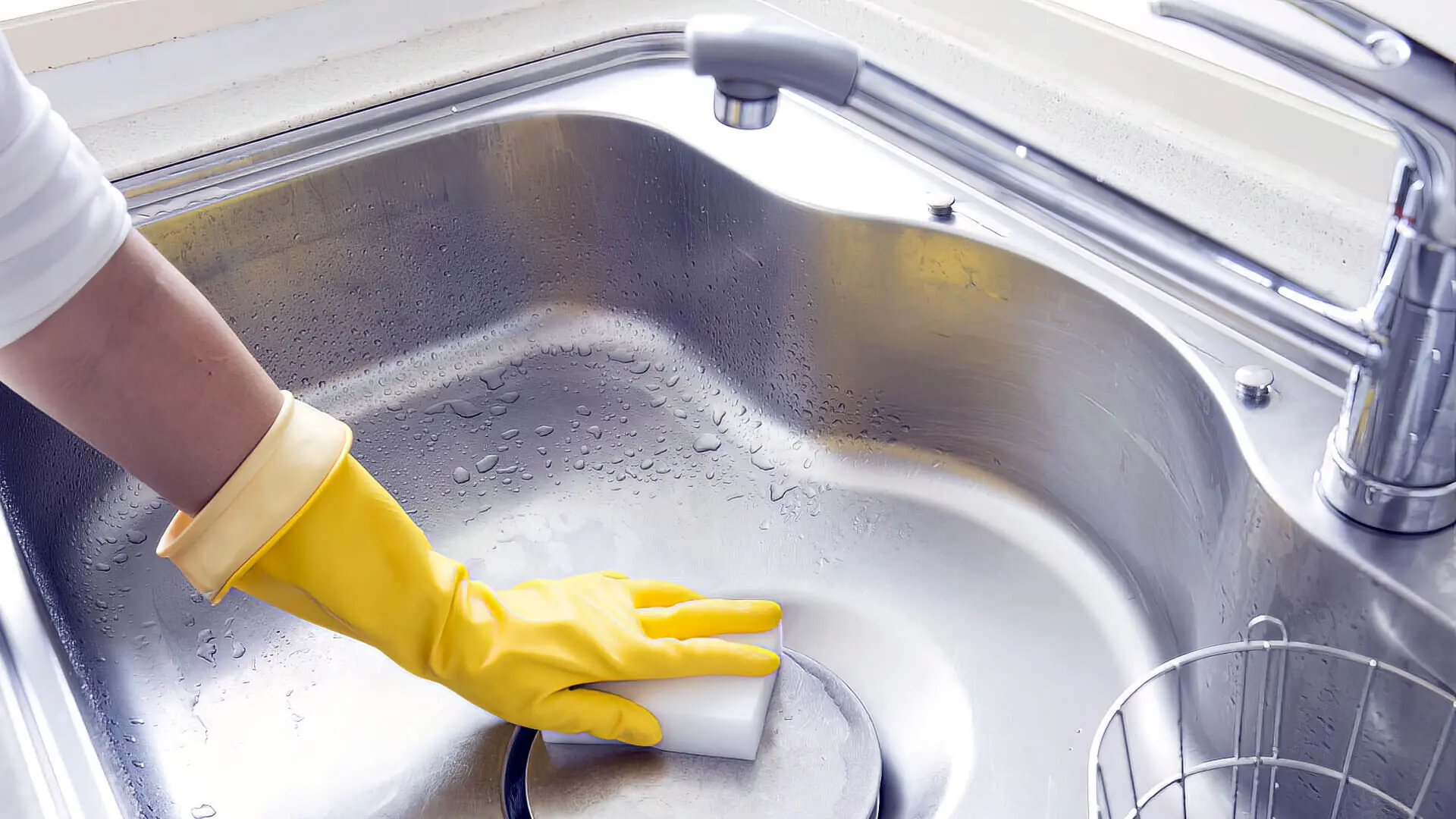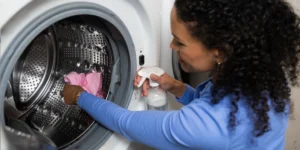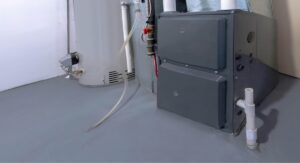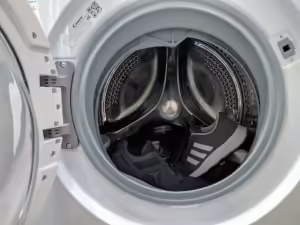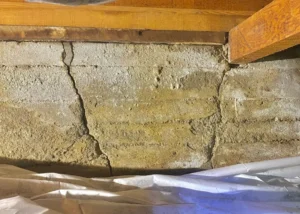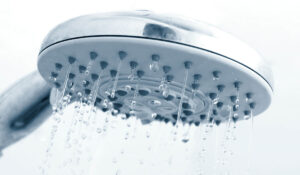Clogged drains are one of the most common household problems, and they can be a real hassle to deal with. Fortunately, with a little regular maintenance, you can prevent clogs before they start and keep your drains flowing smoothly. Here are some simple, effective ways to prevent clogged drains and avoid the frustration of dealing with slow or blocked pipes.
1. Use Drain Screens or Strainers
One of the easiest ways to prevent clogged drains is to use drain screens or strainers. These small, inexpensive devices catch hair, food particles, and other debris before they enter the drain, preventing blockages.
- How to use them:
- Place a drain screen or strainer over the drain in sinks, showers, and tubs. Look for strainers that fit snugly and won’t shift around.
- Clean the screen or strainer regularly by removing any trapped debris and rinsing it off.
- Why it works: Drain screens block debris that would otherwise go down the drain and cause a clog. This is especially useful in bathroom drains that are prone to hair buildup and kitchen sinks that handle food particles.
2. Avoid Pouring Grease and Oil Down the Drain
Cooking grease and oil may seem harmless when hot, but as they cool, they solidify and stick to the walls of your pipes, leading to clogs over time. Grease buildup is one of the most common causes of clogged kitchen drains.
- How to prevent it:
- Never pour grease, oil, or fat down the drain. Instead, let it cool and dispose of it in the trash.
- If you have small amounts of grease left over after cooking, wipe the pan with a paper towel before washing it to remove excess grease.
- Why it works: By keeping grease and oil out of your drains, you prevent the buildup of sticky, solidified fat that can block pipes and cause slow drainage.
3. Be Careful About What Goes Down the Garbage Disposal
Garbage disposals can handle many food scraps, but they’re not designed to break down everything. Putting the wrong items down your disposal can lead to clogs and damage your pipes.
- How to prevent clogs:
- Avoid putting fibrous or starchy foods, such as potato peels, celery, or coffee grounds, down the garbage disposal. These materials can wrap around the blades or swell in the pipes, leading to clogs.
- Always run cold water while using the garbage disposal and for a few seconds after to flush the system.
- Why it works: Running water helps move food particles through the pipes, while avoiding problem items prevents your disposal from becoming jammed or causing a blockage in the drain.
4. Flush Drains with Hot Water Weekly
Flushing your drains with hot water is a simple yet effective way to prevent clogs. Hot water helps dissolve grease, soap scum, and other debris that may be building up in your pipes.
- How to do it:
- Once a week, pour a pot of boiling water slowly down each drain. This is particularly useful for kitchen drains where grease or soap scum tends to accumulate.
- If you want to add an extra cleaning boost, follow the hot water with a mixture of baking soda and vinegar. After pouring the baking soda and vinegar down the drain, let it sit for a few minutes, then flush again with hot water.
- Why it works: Hot water breaks down any lingering grease or residue in the pipes, helping to flush it away before it becomes a problem.
5. Clean Hair from Bathroom Drains Regularly
Hair is one of the main culprits behind bathroom drain clogs. Over time, hair accumulates in the drain, trapping soap scum and other debris along with it. To prevent this from happening, you’ll need to clean your drains regularly.
- How to do it:
- Use a drain hair catcher in showers and tubs to trap hair before it enters the drain. Clean it out after each use to prevent buildup.
- For slow drains, use a drain snake or a long piece of wire to pull out any hair that’s already lodged in the pipe. Many hardware stores sell inexpensive drain snakes designed for this purpose.
- Why it works: By regularly removing hair from drains, you can prevent it from building up and forming a clog deep in the pipes.
6. Avoid Flushing Non-Flushable Items
Toilets are only designed to handle human waste and toilet paper. Flushing anything else can lead to clogs in your plumbing system, especially in older homes with narrower pipes.
- How to prevent clogs:
- Avoid flushing items like wet wipes, feminine hygiene products, cotton balls, or paper towels. Even “flushable” wipes can cause blockages over time, as they don’t break down as easily as toilet paper.
- Place a waste bin in the bathroom to dispose of non-flushable items, ensuring they don’t end up in the toilet.
- Why it works: Flushing non-flushable items can lead to serious blockages in your plumbing system, so it’s important to dispose of these items properly in the trash.
7. Use Enzyme Cleaners for Monthly Maintenance
Enzyme-based drain cleaners are a safe and effective way to keep your drains clear without the use of harsh chemicals. These cleaners break down organic matter, such as hair, food particles, and grease, preventing clogs from forming.
- How to use enzyme cleaners:
- Purchase an enzyme-based cleaner designed specifically for drains. These cleaners contain bacteria that feed on organic matter, breaking it down naturally.
- Use the cleaner once a month as a preventative measure by following the instructions on the label. Typically, you’ll pour the cleaner down the drain and let it sit overnight.
- Why it works: Enzyme cleaners help break down organic materials before they can form clogs, keeping your drains clear without damaging your pipes.
8. Be Mindful of Soap Scum and Residue
Soap scum can build up in drains, particularly in bathroom sinks and showers, eventually leading to clogs. This is especially true if you have hard water, which causes soap to form a sticky residue that clings to the pipes.
- How to prevent soap scum buildup:
- Use liquid soap instead of bar soap in areas prone to soap scum. Liquid soap tends to leave less residue behind.
- Install a water softener if you have hard water. Softened water helps reduce soap scum buildup in your drains and makes cleaning easier.
- Why it works: Reducing soap scum buildup helps keep your bathroom drains flowing freely and prevents the need for constant cleaning.
9. Regularly Check and Clean P-Traps
The P-trap, the curved section of pipe under sinks, is designed to catch debris before it enters your plumbing system. However, if it’s not cleaned regularly, it can become clogged and cause slow drainage.
- How to clean the P-trap:
- Place a bucket under the P-trap to catch any water or debris.
- Use a wrench to loosen the nuts on either side of the trap and remove it from the pipe.
- Clean out any debris or buildup from inside the trap, then reattach it securely.
- Why it works: Regularly cleaning the P-trap prevents buildup that can lead to slow drainage or blockages in the sink.
10. Be Cautious with Chemical Drain Cleaners
While chemical drain cleaners can be effective for clearing clogs, they can also damage your pipes over time, especially if used frequently. These products are typically very harsh and can corrode metal pipes or damage PVC piping.
- How to avoid overusing chemicals:
- Use chemical drain cleaners only as a last resort for tough clogs that won’t clear with other methods.
- Instead of chemical cleaners, use enzyme-based products, baking soda and vinegar, or a drain snake for regular maintenance.
- Why it works: Reducing the use of harsh chemicals helps protect your pipes from corrosion and damage, extending the life of your plumbing system.
Final Thoughts: Keep Drains Clear with Simple Maintenance
Preventing clogged drains doesn’t require much effort, but it can save you a lot of frustration and money down the line. By taking simple steps like using drain screens, avoiding grease, and cleaning your drains regularly, you can keep your plumbing system running smoothly. With these preventative maintenance tips, you’ll avoid the headache of clogs and enjoy a home with free-flowing drains year-round.

